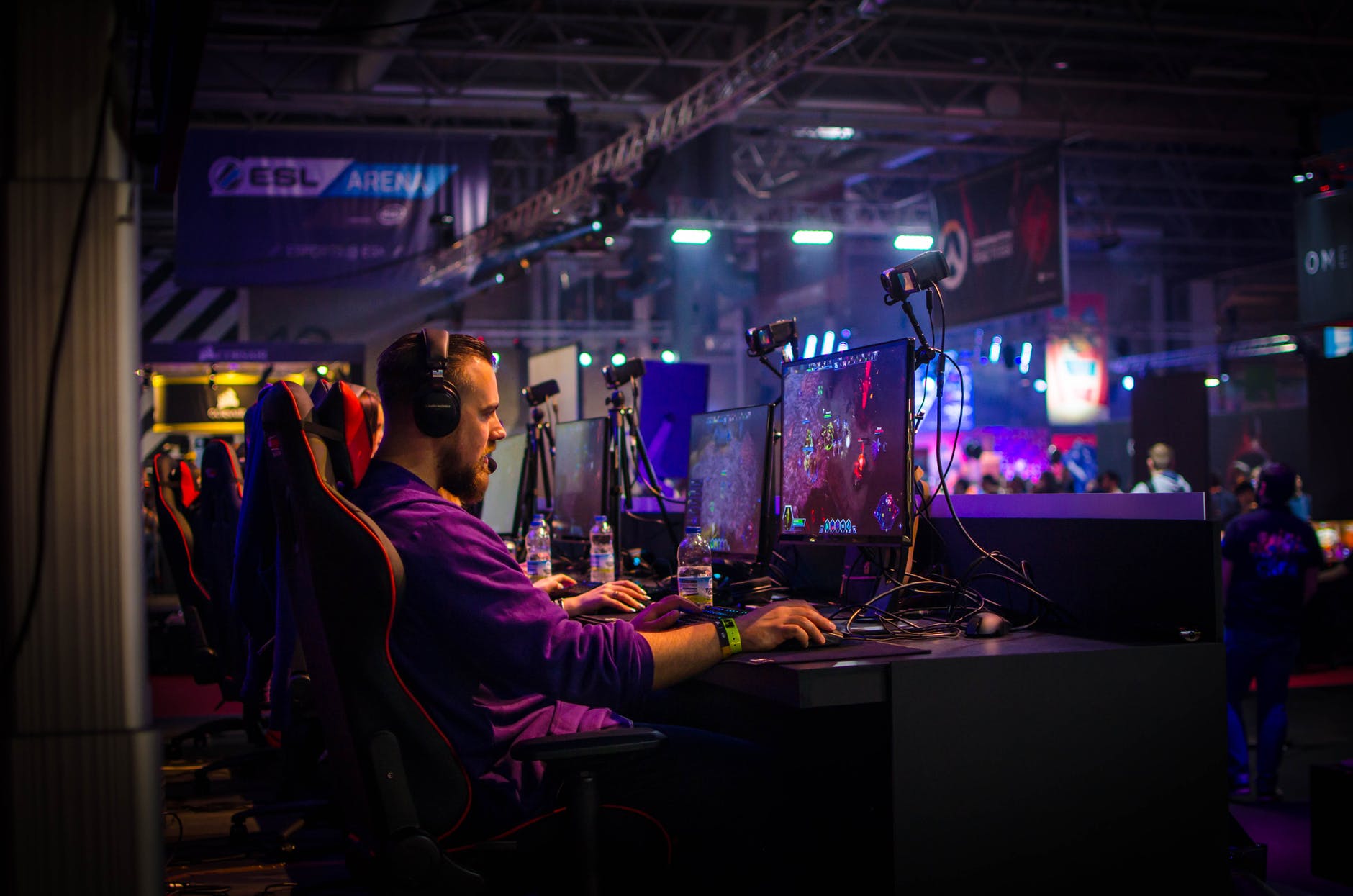How Minecraft Democratizes Urban Design
There’s a reason young people love Minecraft. Called a “sandbox” video game, Minecraft is a blank slate that enables players to build brand new worlds using only building blocks and the contents of their imagination, then take on three-dimensional adventures from there.
If this sounds like paradise for the future architect or urban planner, you’re not the only one that thinks so. The United Nations’ Block by Block program operates based on the notion that, since urban planning is a community effort, community members young and old can take part in public redesign projects. According to their website, Block by Block uses Minecraft as “a community participation tool in urban design and fund the implementation of public space projects all over the world, with a focus on poor communities in developing countries.”
The beauty of Minecraft, in this regard, is its ease of use. Young people with big imaginations take to it easily, but so can adults, whether or not they are familiar with similar software. In Haiti, for example, a group of fishermen with no computer experience—let alone reading or writing—successfully designed a seawall to prevent flooding at Place de la Paix, complete with public toilets, and presented it to architects.
Block by Block is a partnership between Mojang, Minecraft’s maker, and UN-Habitat, the UN’s program for sustainable cities. UN-Habitat is determined to upgrade 300 public spaces in the next three years with its Global Public Space Program, of which Block by Block is a part.
Democratizing Urban Planning
With cities and public places specifically, a democratic, collaborative approach makes sense— because it’s something everyone has a stake in, and which everyone will use and share.
Public spaces include parks, marketplaces, and public squares; they are the shared areas where people are free to walk, relax, and mingle. Public space adds to the health of a city, and in developing countries can make a huge difference since foot traffic stimulates economic growth.
New York City has made public space a priority (in fact it’s currently comprised of 60% public space). Other cities can take this example to expand public places with the input of locals. Technology like Minecraft is one way to get the public engaged and involved in planning the future of the communities they live, work, and entertain themselves in.
According to the Guardian, “Governments are…waking up to the idea that the public are not only users, but also a powerful resource – and that engaging them online is easier than ever before.” Technology like Minecraft is one way communities can be a force for change in their own neighborhoods.
More generally, tech and new media are providing tools for the public to offer up ideas, point out issues, and connect to advocate for collective needs. From apps, to crowdsourcing platforms, social media and augmented reality, emerging new media and digital technologies invite the public to take part without significant limitations. In other words, innovation levels the playing field.
Minecraft and Beyond
Minecraft is unique in its appeal to younger individuals, and its ability to gamify urban planning, making it attractive to a wide range of people regardless of experience level. With Block by Block, citizen players, architects, and government workers can walk around the virtual space and make important decisions together. In this way, it truly democratizes the important job of urban design.
But Minecraft is far from the only technology opening urban planning to the public. There’s Zooniverse, an online platform that organizations can use to launch citizen science projects, and the US National Archives’ Citizen Archive dashboard, which lets citizens transcribe and digitize handwritten documents. Then there are more city-specific projects like FixMyStreet, which lets locals flag problems in their neighborhood digitally.
According to the Guardian, “It’s examples like these, where governments use technology to bring communities together, that demonstrates the benefit of embracing innovation.”
Indeed, the mutual benefits are clear when citizens get involved in public efforts to improve either specific communities or society at large. As the saying goes, many hands make little work. Well, many blocks can make big, monumental changes. Perhaps the urban planners of the future will look back and wonder how and why it was done any other way.
